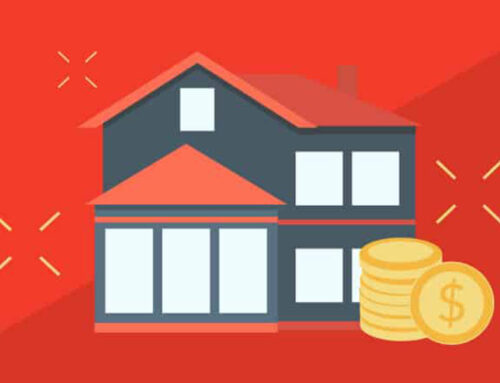Growing up on the South Side, my cousin Eddie lived next door to us. He has always been my best friend, even now that we are both focused on family and careers instead of playing ball in the street. As the general manager of an upscale retail store, he’s done all right for himself. But, he recently told me that he holds out hope of making more money and being his own boss someday. That’s when he started asking about my portfolio of 1-4 family units around town. The big question on my cousin’s mind was “How do you know they are a good investment?” Eddie’s kind of a money guy, thanks to his experience at the store, but he was unfamiliar with what some of the better cap rates in Chicago might look like. Eddie’s curiosity was telling and I knew right away that he was really asking if it’s the right time for him to jump ship on his day job and get into real estate investing like me. So, I explained how I weigh the risks and rewards to approach my investment opportunities.
Figuring Out What a Good Cap Rate in Chicago Looks Like
This is, indeed, a good time to invest in property in Chicago—and I told Eddie as much at the outset. Rents are up significantly, maintaining a positive trajectory. Unemployment is low, within a few basis points of the national rate, because of major additions from construction and manufacturing that are moving more jobs to the Windy City. This is a good indicator that the multi-family market will stay tight as employment encourages the formation of new households, while high single-family home prices and property taxes discourage home-buying. Of course, that doesn’t make every 1-4 family unit on the market a good investment. The real measure of the merit of a rental investment is its cap rate.
So, what is a good cap rate for an investment property? The answer to that question depends on how that rate compares to similar local rental properties. If there is an identical building down the street from the one you are looking at, and it has a cap rate of 8%, your 6% is unimpressive. But if your neighbor with comparable properties is making a cap rate of around 4%, you have a sweeter-looking deal. So, when you are buying a property, a high cap rate means you are getting more of the money back that you spent to purchase the property.
The cap rate varies from property to property depending on the neighborhood. Different neighborhoods in Chicago will provide different cap rates. Here in Chicago, generally speaking, I’ve noticed that the cap rate has been flat—between about 5% and 7.5%—on most of my properties and those of other investors I know. This means that it is not becoming more or less profitable to own small apartment communities. Rather the market is stable. While that might not sound terribly exciting, trust me when I say that stability is a welcome state of affairs when you are holding investment property for the long term.
You will also see cap rates vary among property classes. In Chicagoland, Class C properties show a higher cap rate than Classes A or B. In both urban and suburban areas, the difference can be over 100 basis points, with the bigger difference found in the suburbs. You can influence the cap rate, too, by making key renovations that increase your operating income through higher rents as well as raise the property value. Repositioning a Class C property in the city, you can expect your efforts to pay off with a return on investment of between six to eight percent, in my experience. This makes investing in distressed investment properties with a buy-and-hold strategy in mind a great deal in Chicago right now.
Even with a firm grasp of what the cap rate is, some supplemental information will help you put that knowledge to work effectively. A real estate investment analysis and valuation tool should provide you with that information, like renovation costs, comparable after-repair values on properties recently sold and the price it makes sense to buy at. Put that all together, and you have everything you need to make a sound decision about whether or not the property is worth investing in. Most importantly, a tool like this should help you run the numbers efficiently and easily because responding quickly to an opportunity may be crucial for its acquisition—whether you decided to rent it out or sell it. I have one tool that I rely on.
The Advantages of Fast, Accurate Chicago Cap Rate Calculations
As an independently owned and operated HomeVestors® franchisee, I have access to the proprietary analysis and valuation app, ValueChek™. It is so fast and simple to use that I can get calculations done on my iPad while I am on-site looking at a property. ValueChek™ even gives me a rundown of over 80 renovation costs, including local labor and material prices, so I can make an informed decision about whether or not to contract to buy on the spot.
When I finally quit gabbing at Eddie, he understood how knowing a property’s cap rate helps you make investment decisions, but he was even more intrigued by what I told him about the benefits of ValueChek™. Even with a head for numbers, he knows how valuable it is to have some of the best real estate investing tools on your side, whether you are just starting out or already have a few deals under your belt.
Call HomeVestors® today to find out more about ValueChek™ and how it can help you make good investment decisions, too.
Each franchise office is independently owned and operated.
Contact
"*" indicates required fields




